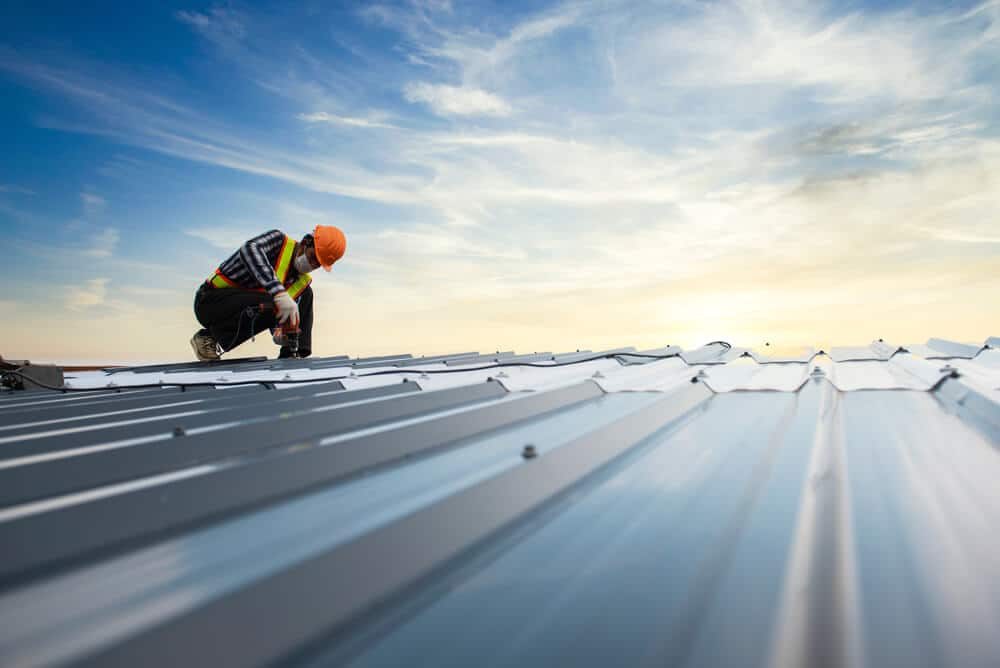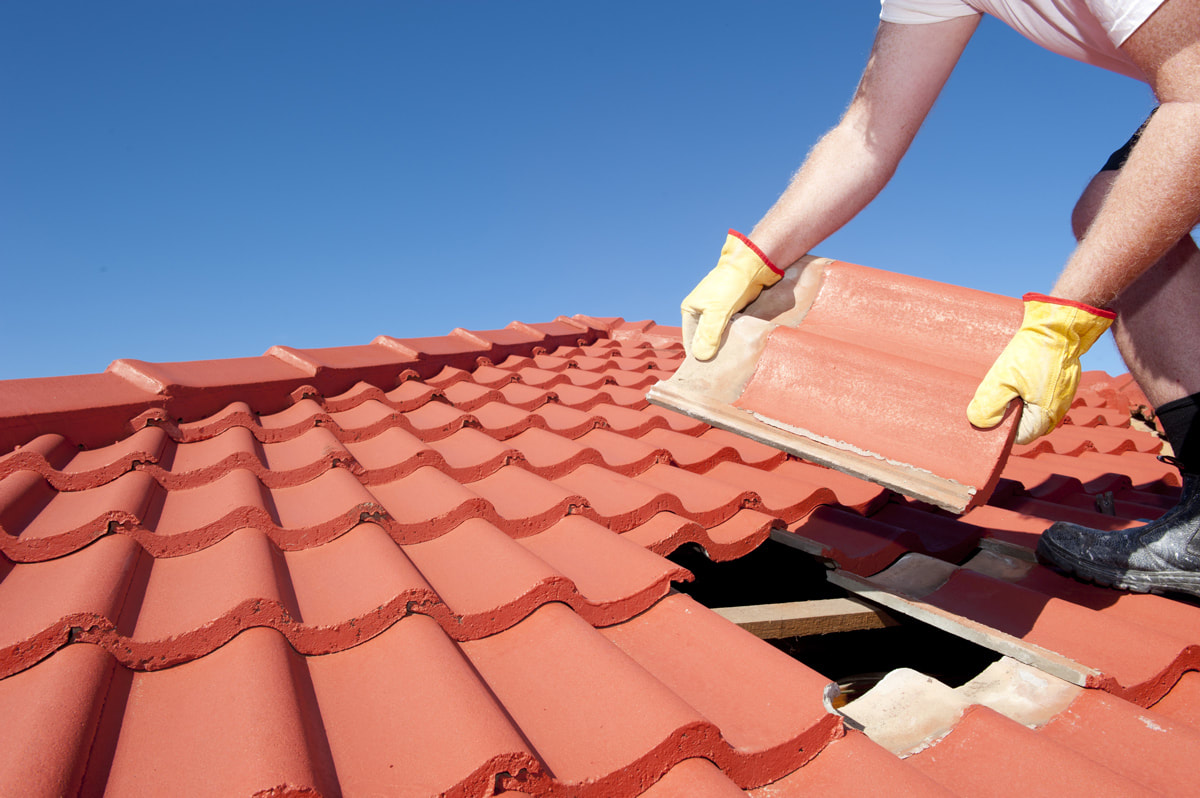Roofing Oahu: Quality Solutions for Durable Roofs in Oahu
Roofing Oahu: Quality Solutions for Durable Roofs in Oahu
Blog Article
Recognizing the Different Sorts Of Roofing Systems: A Comprehensive Guide for Homeowners
With an array of choices-- varying from the standard gable to the contemporary flat-- each type offers unique benefits and challenges that need to straighten with the house owner's environmental considerations and specific demands. As we explore the intricacies of different roof covering types, it ends up being noticeable that one size does not fit all; the right option might surprise you.
Gable Roofings
Gable roofing systems, defined by their triangular form, are among one of the most preferred roof styles due to their simpleness and effectiveness in shedding water and snow. This style includes 2 sloping sides that satisfy at a ridge, permitting efficient drain and minimizing the risk of water build-up. The high pitch commonly connected with gable roofs improves their capacity to take care of heavy precipitation, making them appropriate for numerous climates.
Along with their useful advantages, gable roofing systems supply aesthetic flexibility. They can be adjusted to various architectural styles, from standard to contemporary homes. The layout can additionally fit extra features such as dormer home windows, which improve natural light and air flow in the attic room space.
Additionally, gable roofings provide ample room for insulation, adding to energy performance. Property owners can select from a variety of roof materials, including asphalt shingles, metal, and floor tiles, further enhancing modification alternatives.
In spite of their advantages, saddleback roofs may require additional support in locations prone to high winds or hefty snowfall. On the whole, the gable roof covering remains a popular selection due to its blend of capability, toughness, and visual appeal.
Apartment Roofs
Flat roofing systems are typically recognized for their minimal style and practical applications, particularly in industrial and commercial setups (oahu roofing). These roof coverings feature a virtually straight or horizontal surface area, which enables easy construction and functional area utilization. While they might do not have the aesthetic allure of pitched roofings, level roofings supply various advantages, specifically in urban settings where optimizing space is critical
One of the key benefits of level roofing systems is their availability. House owners can use the roof space for various objectives, such as rooftop yards, terraces, or solar panel installments. Furthermore, flat roofs are commonly more economical to install and maintain contrasted to their sloped counterparts, as they call for fewer materials and labor.
Common materials used for flat roofing systems include built-up roofing (BUR), changed bitumen, and single-ply membranes, each offering distinct advantages. Overall, level roofings offer as a practical and adaptable option for numerous property owners and services alike.
Hip Roofings
Hip roofing systems are defined by their sloped sides that assemble at the top, creating a ridge. This layout stands out from gable roofings, as all four sides of a hip roof incline downwards toward the walls, providing a more stable structure. The angle of the slopes can differ, permitting flexibility in building looks and performance.
Among the primary advantages of hip roofings is their ability to hold up against hefty winds and adverse weather condition problems. The sloped surfaces allow better water drainage, reducing the danger of leakages and water damages. Additionally, hip roofings provide raised attic room area, which can be made use of for storage space or even transformed right into habitable locations.
Nonetheless, building a hip Website roof covering can be extra expensive and complex than simpler roof covering types, such as gable roofings. The additional material and labor associated with developing the inclines and ensuring appropriate architectural honesty can result in greater expenditures. Regardless of these downsides, many home owners prefer hip roofings for their longevity, aesthetic charm, and capacity for energy effectiveness.
Mansard Roofs
Mansard roofing systems, usually identified by their one-of-a-kind four-sided design, feature two slopes on each side, with the lower slope being steeper than the upper. This building style, stemming from France in the 17th century, is not just visually enticing however practical, as it makes best use of the useful area in the top floors of a building. The steep lower slope enables for even more clearance, making it an ideal choice for lofts or attic rooms, which can be converted right into living rooms.
Mansard roofs are defined by their flexibility, suiting numerous building designs, from typical to modern. They can be created with various materials, consisting of asphalt roof shingles, slate, or metal, giving home owners with a variety of options to suit their budgets and preferences. In addition, the layout permits the integration of dormer home windows, boosting all-natural light and ventilation in the top degrees.
However, it is necessary to think about the potential drawbacks. Mansard roof coverings may require more maintenance because of the complexity of their style, and their high slopes can be challenging for snow and rain overflow. On the whole, mansard roof coverings incorporate beauty with practicality, making them a popular option among property owners looking for unique architectural functions.
Lost Roofings
As house owners significantly look for simpleness and performance in their architectural styles, lost roofs have become a preferred choice. Identified by a solitary sloping plane, a shed roofing offers a minimalist visual that matches numerous home styles, from modern to rustic.
Among the key benefits of a shed roof is its straightforward building and construction, which usually equates to decrease labor and material costs. This layout enables effective water drain, browse around these guys minimizing the threat of leakages and water damages. In addition, the upright incline gives enough area for skylights, boosting natural light within the interior.
Dropped roof coverings additionally offer flexibility in regards to usage. They can be successfully integrated into enhancements, garages, or outdoor structures like structures and sheds. Additionally, this roof style can accommodate different roof products, consisting of metal, asphalt shingles, or even eco-friendly roofings, lining up with environmentally friendly efforts.
Nevertheless, it is vital to take into consideration local climate problems, as heavy snow loads may demand adjustments to the roof covering's angle or structure. In general, dropped roofing systems present a sensible and visually pleasing choice for house owners looking to make best use of capability without endangering style.
Verdict


Gable roofing systems, defined by their triangular form, are among the most preferred roof covering styles due to their simpleness and efficiency in losing water and snow. oahu roofing. The high pitch frequently associated with gable roofing systems enhances their ability to manage hefty rainfall, making them ideal for numerous environments
While they may do not have the aesthetic appeal of pitched roofings, level roofing systems offer countless benefits, particularly in metropolitan environments where making best use of room is essential.

Report this page